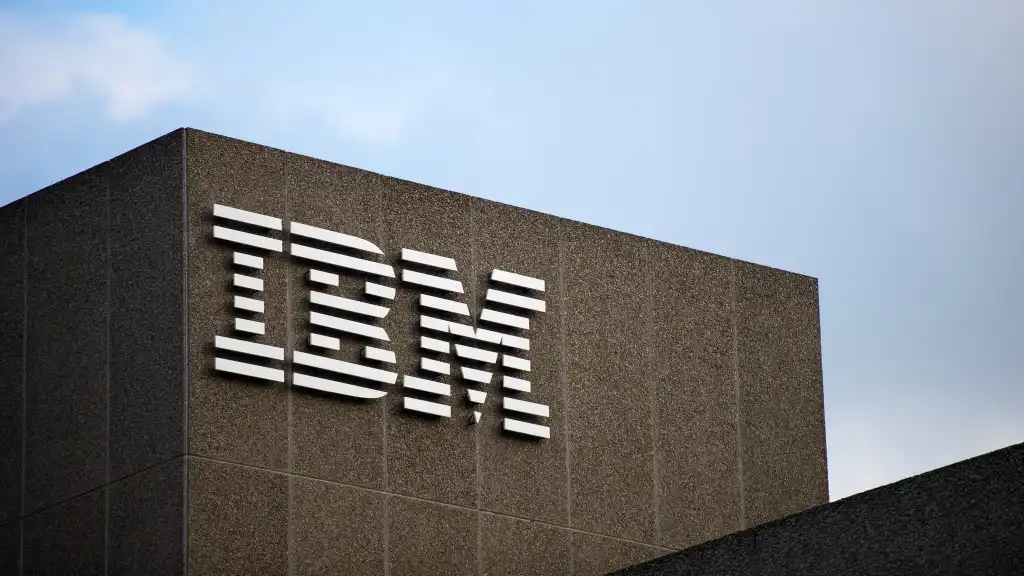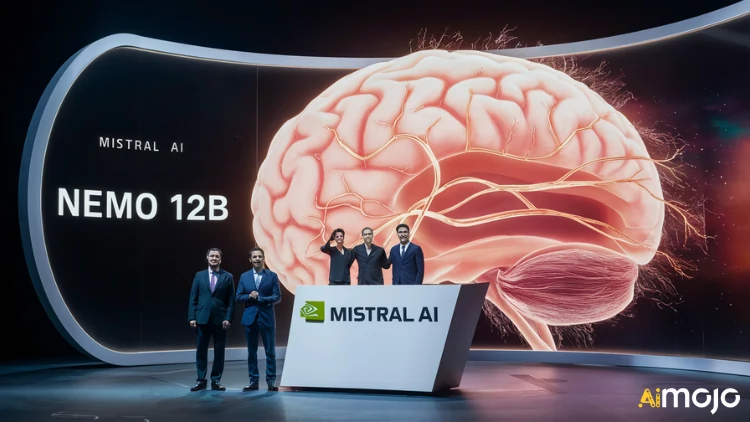The explosion of multi-billion-dollar investments in artificial intelligence has led many analysts to question whether the AI industry is on the brink of a speculative bubble — one reminiscent of the dot-com crash of the early 2000s. A recent BofA Global Research survey revealed that more than half of fund managers — 54% — already believe AI stocks are in bubble territory, while 38% disagree. Investors are now watching closely for signs of cooling enthusiasm or indications that the massive spending on chips, data centers, and AI infrastructure may not yield the returns many are banking on.
Echoes of the Dot-Com Era
During Cisco’s AI Readiness Index 2025 roundtable, Ben Dawson, Senior Vice President for Asia Pacific, Japan, and Greater China, drew direct parallels between today’s AI surge and the early days of the internet. Dawson suggested that technology revolutions tend to follow the same trajectory: early excitement, waves of capital investment, a market correction, and eventual stabilization once real value emerges. He noted that while some AI startups or projects may fade away, AI as a transformative force will persist — reshaping industries just as the internet once did. Ignoring it, he said, would be “a risk no organization can afford.”
Governments Shaping the AI Economy
Public policy is playing a major role in determining how this AI cycle unfolds. In the United States, successive administrations have tied AI to national competitiveness and security, using incentives and public investments to fuel private innovation. China has taken a state-led route, channeling capital toward domestic AI firms to lessen dependence on U.S. technology. Europe, meanwhile, is balancing regulation with competitiveness through initiatives like the AI Continent Action Plan and a €1 billion Apply AI Fund. While these efforts seek to promote responsible innovation, some investors fear that excessive regulation could stifle growth.
Lessons from Past Market Bubbles
As venture capital and sovereign wealth funds pour billions into AI before true mass adoption, parallels to the dot-com bubble become harder to ignore. Many remember when overbuilt fiber networks and failed startups left investors with stranded assets. The current question is whether today’s AI infrastructure boom — from GPUs to cloud capacity — will eventually outpace real-world demand. Businesses that endured the dot-com crash, like Amazon, did so by focusing on practical value rather than hype. The same will likely hold true for AI: those aligning the technology with tangible business outcomes will outlast those chasing speculation.
Market Warnings and Investor Caution
The Bank of England recently warned that overconfidence in AI valuations could lead to a sharp market correction, posing “material risks” to financial stability. Similar warnings are being echoed by economists who believe AI investment growth may be running ahead of short-term returns. Still, others argue that the infrastructure being built now is laying the foundation for decades of innovation. The debate boils down to whether investors are overbuilding — or simply preparing early for a revolution that has yet to reach full scale.
Building for the Future Despite the Risks
Cisco’s Simon Miceli, Managing Director of Cloud and AI Infrastructure for the Asia-Pacific region, believes fears of overcapacity are misplaced. He describes the current surge as an essential “buildout phase” to support the industrialization of AI, arguing that demand will eventually catch up. While some corrections are inevitable, Miceli and others see AI infrastructure as a long-term necessity, not a speculative gamble.
Investor Perspectives: Between Optimism and Restraint
At the Milken Institute Asia Summit, Bryan Yeo, Chief Investment Officer at Singapore’s GIC, warned that valuations for early-stage AI startups appear inflated, with “huge multiples” unsupported by revenue. Jeff Bezos echoed this caution, recalling that every period of technological excitement blurs the line between good and bad ideas — but also leaves lasting innovation behind once the bubble bursts. Goldman Sachs economist Joseph Briggs maintains that current AI investments are economically sustainable, though predicting winners is nearly impossible in such a fast-moving field. Meanwhile, ABB CEO Morten Wierod doesn’t see an AI bubble but cautions that construction and supply chain bottlenecks could slow data center expansion. IMF Chief Economist Pierre-Olivier Gourinchas added that even if a correction comes, it’s unlikely to trigger a systemic financial crisis, as most AI investments aren’t debt-driven.
A Cycle, Not a Collapse
While some call AI the next dot-com bubble, others see it as a natural innovation cycle — a phase of hype, correction, and consolidation that ultimately drives lasting progress. OpenAI CEO Sam Altman has even predicted that some investors will lose large sums while others make fortunes, describing it as a hallmark of every major technological shift. Despite growing caution, most investors remain committed; UBS analysts report that roughly 90% of those who view AI as “overheated” are still holding their AI positions.
The question, then, isn’t whether AI will survive — it’s how effectively businesses and investors can navigate the turbulence that inevitably comes before long-term stability. Like the internet before it, AI will reshape the global economy — but not without a few bubbles bursting along the way.
Source: https://www.artificialintelligence-news.com/news/what-if-ai-is-the-next-dot-com-bubble/









